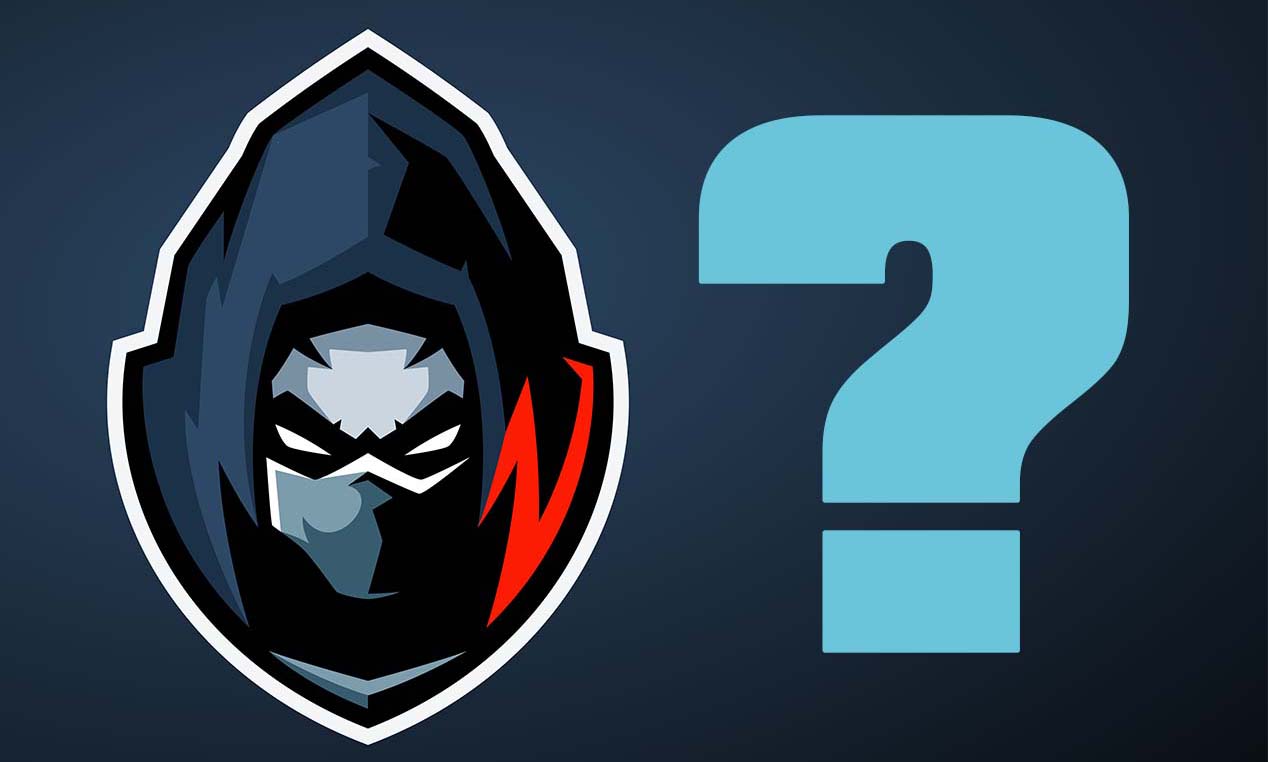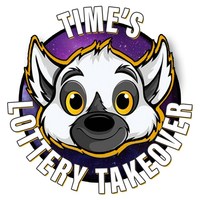The big esports leagues have been modeled after their traditional sports counterparts like the NFL, NBA, and so on. As you can imagine, traditional sports teams participating in these major franchise leagues, or to be more accurate: their ownership groups, are looking at the opportunities esports might provide for them.
A Quick Glance at the US and Esports Team Ownership
- Thirty-seven (88%) of the 42 franchises competing in the LCS, OWL, and CDL are based in North America.
- Thirty of these 42 franchises (71%) involve at least one connection in their ownership group to a traditional North American-based sports franchise. Here is a listing of the top sports leagues involved and the number of teams connected to the big NA esports leagues:
- NBA: 11
- NHL: 7
- NFL: 4
- MLB: 3
- MLS: 3
- WNBA: 2
- WTT: 1
- The connection was established through the following investment types:
- Majority stake from owner: 15 (45%)
- Owner is part of majority ownership group: 8 (24%)
- Minority investment by owner: 6 (19%)
- Direct minority investment: 3 (9%)
Direct ownership: 1 (3%)
What do Franchise Investors Believe in?
The big franchise leagues like the Overwatch League (OWL), Call of Duty League (CDL), or League of Legends Championship Series (LCS) and its European counterpart the League of Legends European Championship (LEC) have been modeled after successful US sports leagues like the NFL or the NBA.

Whenever I ask investors why they invest in franchised leagues, I often had one question thrown back at me: Would you buy an NBA franchise for $25 million today? I guess the answer to that is obvious and the question already helps to understand the underlying speculation of these investments. Esports organizations are participating in the race to the first $1 billion team. Here is a closer look at more underlying assumptions:
- Franchised esports leagues will outperform their sports counterparts they have been modeled after, mainly because they are (1) natively digital, (2) have global orientation, and (3) have a highly engaged community.
- Franchising provides stability, which justifies the buy-in fee. Depending on the league, franchises have been sold for between $8-25 million.
- The lines between esports, gaming, and entertainment will disappear. A good example is famous gaming personality Tyler “Ninja” Blevins. Is he an esports athlete, a gamer, a streamer, or an entertainer? The truth lies somewhere in between these answers.
- I was often told that everyone is still experimenting. Teams take different approaches to their business models, from fashion, to content networks, to their own line of peripherals, and so on. However, everyone was certain that the market would eventually figure out a way to monetize the audience.
No esports organization would have been able to buy a franchise team in the OWL, CDL or LCS (remember: $8-25 million) due to lack of financial means without collecting outside capital and giving away equity. Because of this, we now see sports ownership groups and teams playing a significant role in the esports industry. Not just in North America. Without the capital coming from the traditional sports industry and its ownership groups, esports would not be where it is today. It does not matter if you believe esports is in a good place or not, but it’s a fact that a major chunk of North American esports is controlled and led by traditional sports.




